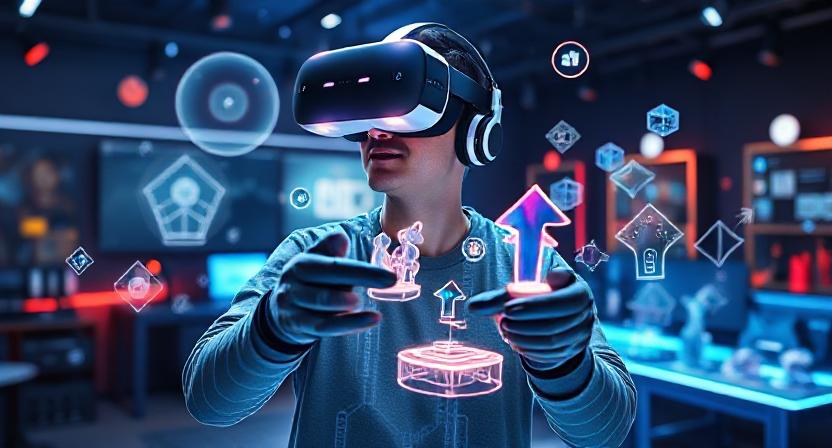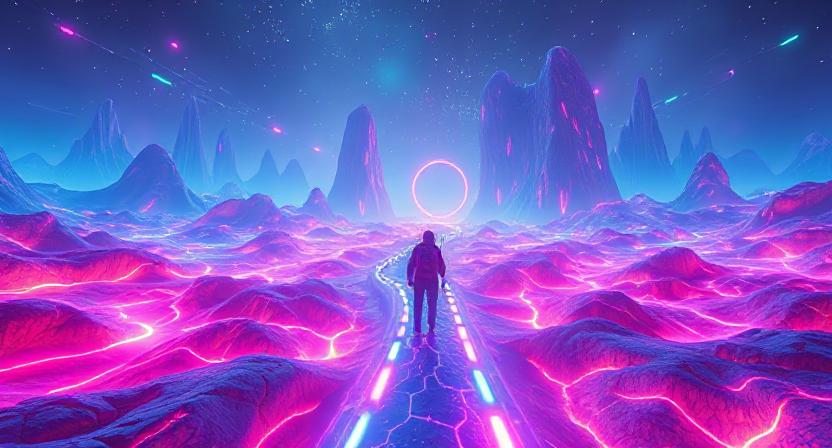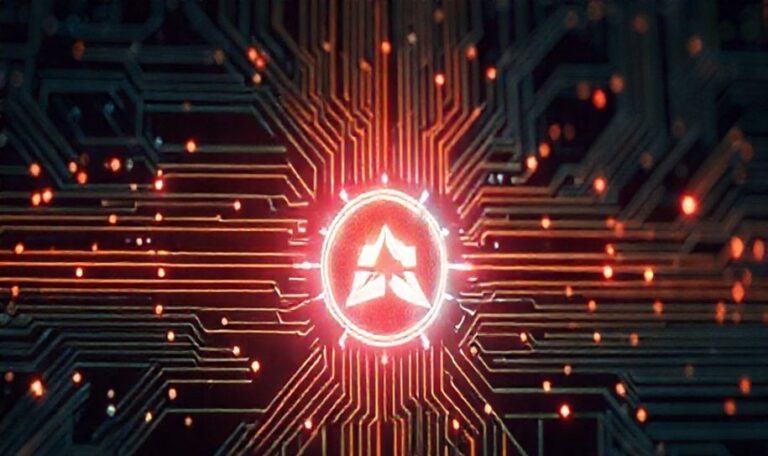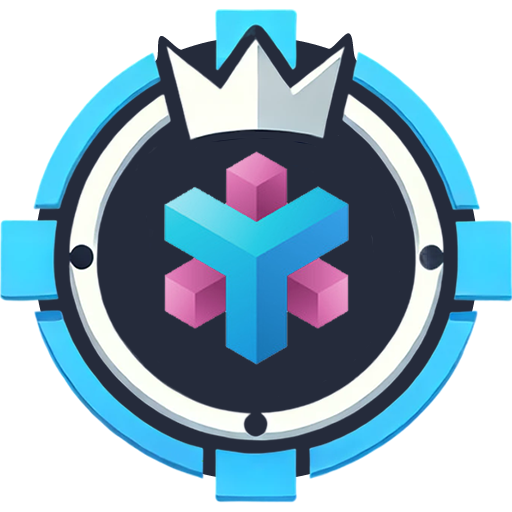Affordable VR Assets AI to the Rescue Indies

Generative AI in Indie VR Development The world of virtual reality VR is expanding at a rapid pace driven not only by major studios but...
⏱️ Estimated reading time: 4 min
Latest News
Generative AI in Indie VR Development
The world of virtual reality VR is expanding at a rapid pace driven not only by major studios but also by small independent developers. These indie creators often face limited budgets small teams and tight timelines. Yet they are producing immersive imaginative VR experiences that rival big-budget productions.One major factor fueling this creative surge is generative AI a technology that enables developers to quickly design customize and deploy high-quality VR assets without the traditional bottlenecks of manual production.
Why Generative AI is Transforming Indie VR Development
For years asset creation whether for 3D models textures or environments was one of the most time consuming and expensive stages of VR game development. Handcrafting detailed objects required specialized skills high-end software and hundreds of hours of labor.This efficiency allows indie studios to focus on gameplay innovation storytelling and player experience rather than being bogged down in asset production.
Popular Generative AI Tools for VR Assets
While AAA studios may have proprietary AI pipelines indie developers are thriving thanks to accessible and affordable AI tools such as:
From Prompt to Play The Creative Workflow
- Idea Stage :The developer describes the object or environment in natural language.
- AI Generation:The tool produces a 3D model or texture based on that description.
- This iterative approach allows for rapid experimentation enabling creators to explore ideas they might have abandoned in a traditional workflow due to resource constraints.
Dynamic Story Worlds
Some indie games now use AI to generate adaptive environments that change based on player actions, making each playthrough unique.
Art Styles Beyond Technical Skill
An indie developer without a strong background in 3D modeling can still achieve high-quality stylized visuals that match their vision thanks to AI assistance.

Case Studies: Indie Developers Making Waves
This VR experience built by a team of three uses generative AI to create environments that shift every time you play. No two players ever walk the same path encouraging endless exploration.
Pixel Pulse VR Music-Driven AI Worlds
Specifically AI transforms audio into real-time rhythm-driven environments creating visuals that react dynamically to the beat.
The Forgotten Archives Historical VR Storytelling
A solo developer used AI-generated architecture and props to recreate ancient cities. This cut asset creation time by 70%, allowing more focus on storytelling.
Benefits for Indie VR Creators
- Lower production costs: AI tools replace expensive manual labor for basic asset creation.
- Faster time-to-market: Projects can go from concept to release in months rather than years.
- Greater creative freedom: Developers can experiment with styles genres and mechanics without long delays.
- Inclusivity in development :Even solo creators without advanced technical skills can now make visually stunning VR worlds.
- While generative AI offers huge benefits indie developers also face challenges:
The Future of Indie VR with AI
As AI models become more advanced, we can expect indie VR projects to grow richer more dynamic and more interactive. Real-time generative environments adaptive storytelling and AI-driven multiplayer experiences will become common.Furthermore as VR hardware improves and AI creation tools become more integrated into game engines like Unity and Unreal the barrier to entry for aspiring indie VR developers will drop even lower.
This democratization of VR creation empowers thousands of independent developers-small studios now compete alongside big names in shaping immersive gaming.
Indie creators bring experimentation and emotional storytelling such as myth-inspired VR adventures or bold genre-blending narratives.
They’re redefining what VR can be delivering experiences centered on creativity player emotion and cultural diversity-not just blockbuster production values.
Final Thoughts
Generative AI is empowering indie VR developers to create faster cheaper and more imaginatively than ever before. What once required large teams and massive budgets can now be achieved by small studios or even solo creators.
The result? A VR landscape filled with bold experiments personal stories and boundary-pushing worlds that redefine what immersive gaming can be.Indie developers are no longer playing catch-up with major studios they’re often leading the way. And with generative AI as their creative ally the next great VR experience might just come from a tiny team working out of a bedroom somewhere in the world.If you want I can now also create SEO-optimized keywords title and meta description for this blog so it’s ready to publish and rank. Would you like me to prepare that?
Related Posts

Luminal’s $5.3M Boost: Revolutionizing GPU Code
Luminal Secures $5.3M to Advance GPU Code Framework Luminal has successfully raised $5.3 million in...
November 17, 2025

AI Takes the Field Oakland Ballers’ Bold Experiment
Oakland Ballers Bet on AI A Risky Play? The Oakland Ballers a team in the...
September 22, 2025

Hike Shuts Down Amidst Gaming Regulations in India
Hike Shuts Down Amidst Gaming Regulations in India Hike, once a prominent unicorn in India’s...
September 14, 2025
1 Comment
-
user631982
Nice post! 1754786058











Nice post! 1754786058